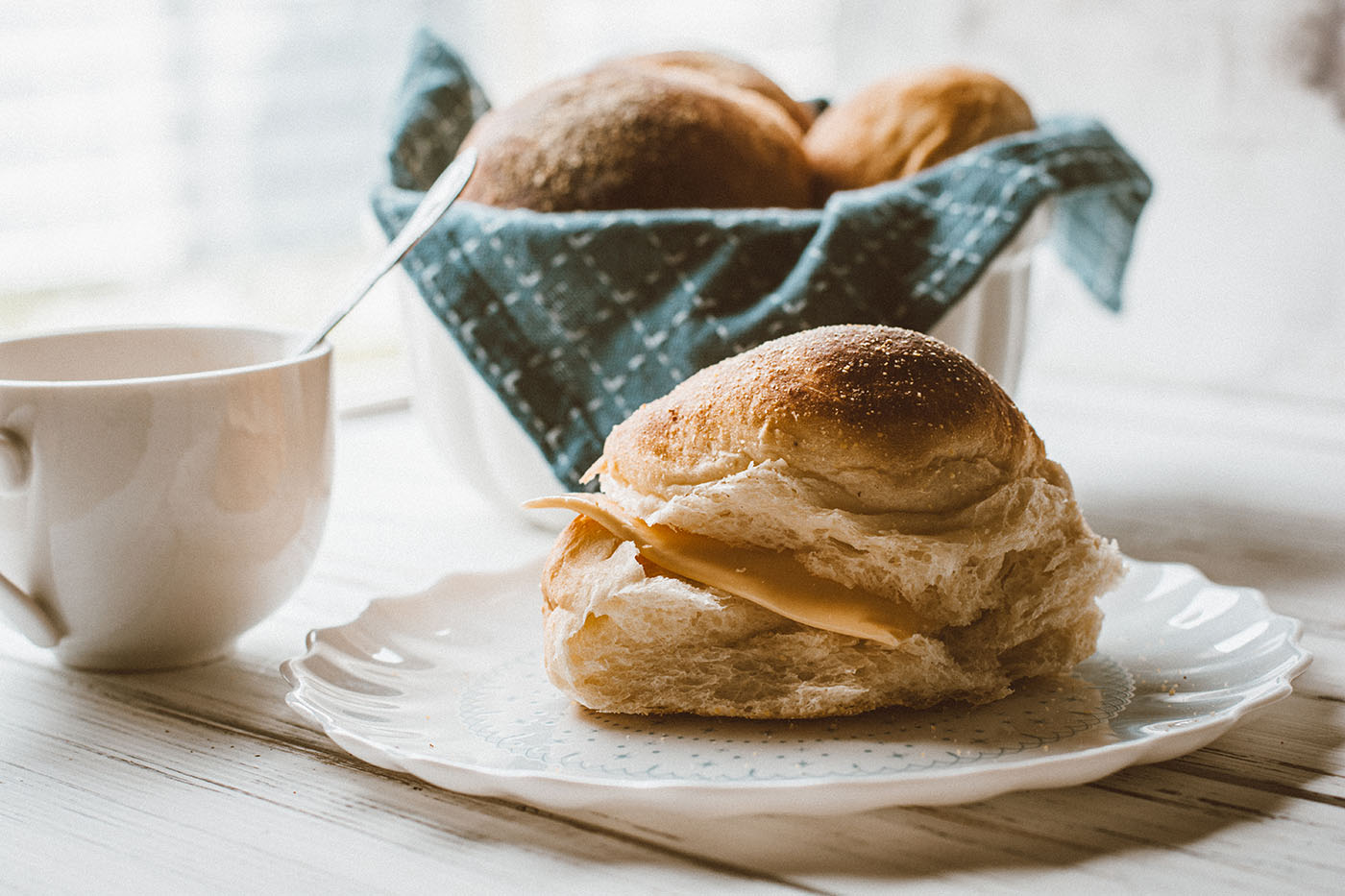This pandesal recipe makes for soft and fluffy pandesal. This is a versatile recipe and can be adapted to make other pandesal variants.
Related Blog Posts:

The Soft Side of Pandesal: A Journey from Dense to Delicious
Pandesal is the king of Filipino breads – it’s sold in every panaderia in the country and not one panaderia will leave off selling pandesal to hungry customers every day.
Frequently Asked Questions
My dough is too sticky.
This recipe can result in sticky dough, and that’s totally normal. It can be caused by factors like humidity, inaccurate measurements, or even using the wrong ingredients. No need to panic! Just sprinkle in extra flour, one tablespoon at a time, until it’s easier to work with. It usually gets better after proofing, too.
What kind of yeast should I use?
I go with instant yeast because it’s so convenient—you can toss it right in without dissolving it first. If you’ve only got active dry yeast, no worries! Just dissolve it in lukewarm milk with a little sugar and wait for it to foam up before adding to the dough.
Can I use bread flour instead?
Absolutely! In fact, bread flour would be helpful in high humidity weather as it would hold the liquids much better. Just make sure not to disregard the windowpane test for your dough.







